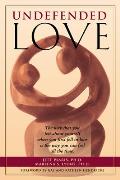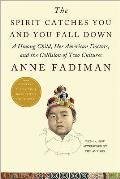Subtitle: A transsexual woman on sexism and the scapegoating of femininity
An illuminating book. Julia Serano describes her own experience as a transsexual woman, including the identities she explored before deciding to transition, and the internal and external changes she noticed during transition. She uses her experiences, carefully supported with research, to call out some of our societal assumptions and prejudices about gender.
She proposes that we all have a subconscious sex from birth. For people in whom it matches the body’s sex, it remains unnoticed, and leads to the assumption that it matches for everyone. For people in whom it does not match, it causes ongoing deep pain and sadness. Changing the body’s sex and gender presentation relieves the pain and leads to a sense of rightness instead.
She argues that rather than being marginal in feminism, the treatment of transsexual women is a central issue. Transsexual women are discriminated against because they have chosen to move from a societally more valued class – men – to a societally less valued class – women. She sees transsexual men receiving much less discrimination because they don’t violate the societal preference for maleness.
She notes in the introduction that her biggest challenge in writing the book is addressing several audiences: transsexual people, non-trans academics in women’s, queer, and gender studies, and those who want to learn more about transsexuality and feminism. I fall in the third camp, and found myself less engaged by detailed discussions of academic framing of transsexuality, or interpersonal politics in LGBT groups.
At the same time, I’m glad the material was there. Now I’m aware that many academics view gender as entirely socially constructed, and that transsexuals tend to be marginalized in LGBT groups because many of them express gender in a more stereotypically masculine or feminine way.
She argues that it is femininity itself which is devalued and under attack, being equated with weakness, passivity, and artifice. I see her point that she became more connected with her emotions when she started taking estrogen, and that emotions are devalued in our culture. I also see that women (and men) can enjoy dressing up to please themselves.
At the same time, I struggled with her assertion that femininity is natural. Many attributes I associate with femininity (rather than femaleness) are artificial and mandated by the patriarchy: dieting, makeup to appear youthful, hair sculpted with toxic chemicals, high heels, uncomfortable movement-impairing clothing, etc.
I agree that we need to accept each person’s gender expression as equally valuable, while also working to remove patriarchal manipulations of the expression of femininity (and masculinity as well).
Highly recommended to anyone interested in better understanding feminism, sexism, and transsexuality.






